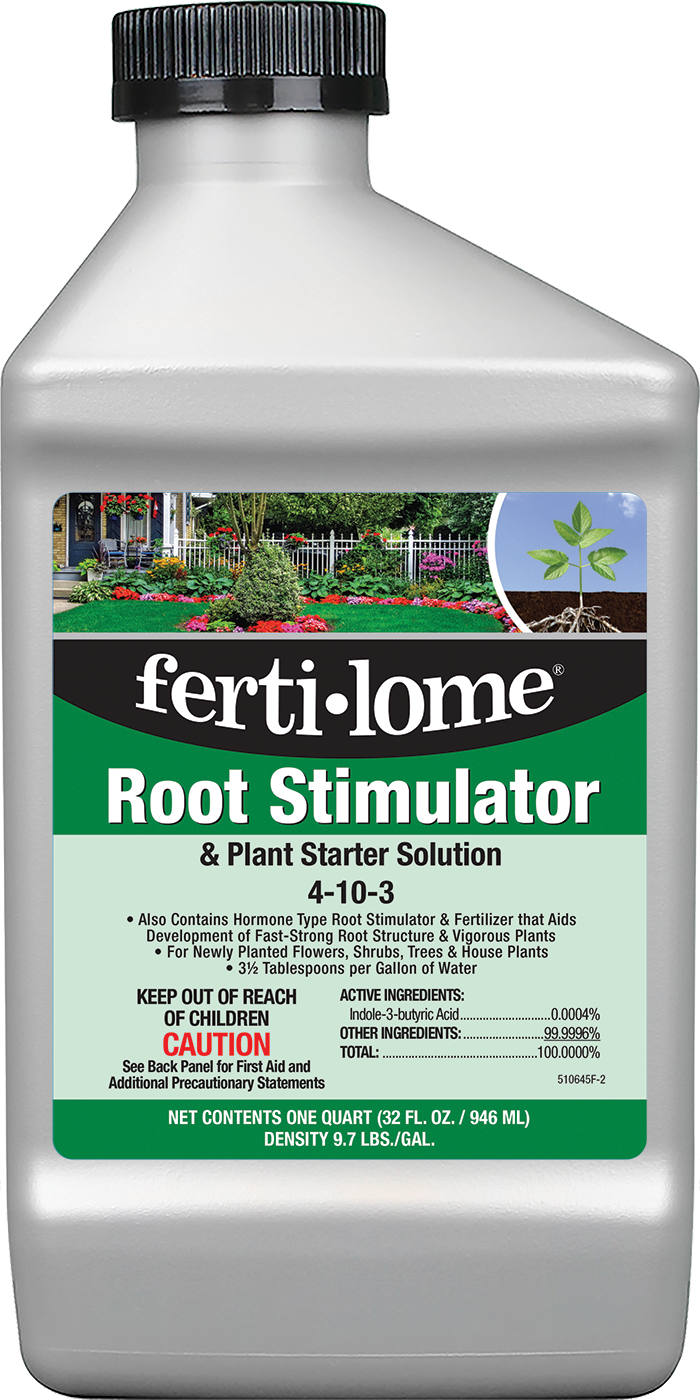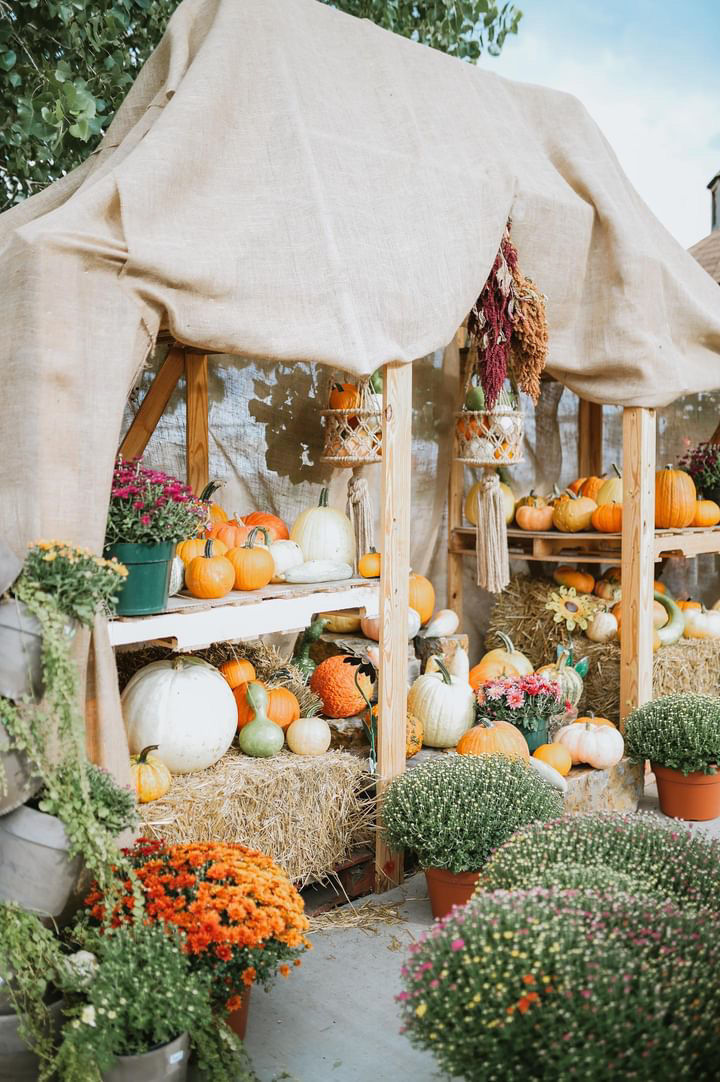How To Plant Trees Like a Pro
- Helms Garden Shop

- Apr 16
- 4 min read
Are you ready to transform your garden into a vibrant oasis filled with flourishing trees? Whether you're an experienced gardener or just embarking on your green journey, planting trees is a fulfilling project that enhances your landscape and benefits the environment. This comprehensive guide will equip you with essential knowledge and tips to help you succeed in your planting endeavors. Let’s roll up our sleeves and get started!
Choose the Right Tree for Your Space
Choosing the right tree is vital for the success of your garden. Different trees thrive in different conditions, so it’s important to consider several factors before making your selection.
Begin by examining your local climate, soil type, and the amount of space available in your garden. Native trees are often the best choice as they adapt well to your environment and usually require less water and maintenance. For those of us in the Great Plains, consider planting a Bur Oak (Quercus macrocarpa). This tree is well-suited to the region's climate and soil conditions, providing shade, wildlife habitat, and stunning fall color. It is important to note that Bur
Tips for Selecting Trees
Check Size: Know the mature height and width of the tree. A tree like the Eastern Red Cedar can grow up to 40 feet tall, which is a significant factor if your space is limited.
Consider Growth Rate: Fast-growing trees, such as the Silver Maple, can provide shade in as little as five years. However, they may need more care as they can become susceptible to disease.
Think About Purpose: Determine why you want to plant the tree. For instance, if you crave shade during hot summers, the Oak tree is an excellent choice with its expansive canopy.
Inspect Health: Look for vibrant leaves and sturdy branches when selecting a tree. Avoid those showing signs of pests like aphids or disease, such as discolored leaves.

Preparing the Site
After selecting the perfect tree, preparing the planting site is your next step. Proper preparation lays the groundwork for your tree’s success.
Steps to Prepare:
Clear the Area: Start by removing grass, weeds, and debris from the planting spot. A clean area minimizes competition for nutrients. Did you know that a weed-free zone can improve your tree's growth rate by up to 25% in the first year?
Digging the Hole: The hole should be two to three times wider than the root ball but only deep enough that the root ball sits level with the soil surface. This ensures adequate drainage and promotes stable growth.
Planting Your Tree
With the site ready, it’s time to plant your tree—an exciting moment as you breathe life into your garden!
Planting Steps:
Positioning the Tree: Place the tree in the hole, ensuring the top of the root ball is level with the surrounding soil. This prevents root rot, which is a leading cause of tree mortality.
Backfilling: Refill the hole with the original soil, breaking up clumps and removing rocks. Watering the soil while backfilling can help eliminate air pockets.
Watering: After planting, provide your tree with a deep soak of water. This helps settle the soil and gives the young tree a much-needed hydration boost. We also recommend watering your newly planted tree with Root Stimulator, which will give the tree a better fighting chance at survival in our harsh climate. It's important to note that for the first several years after planting, root growth is more important than top growth.
Mulching: Add a 2 to 3-inch layer of mulch around the base of the tree, and avoid placing mulch right next to the trunk. This conserves moisture, regulates soil temperature, and deters weeds.
Staking: Depending on the size of the tree and the location that it's planted, the tree will need to be staked to protect it from being wind-thrown. There are many methods of staking, but there are a few key points to remember.
1) Whether attaching the tree to stakes or guying anchors, the rope, wires, or metal cable should never come into contact with tree stems or branches. Any material contacting the stem should have a broad and smooth surface.
Suitable materials to wrap around the tree stem include:
Wide canvas strapping
Strips of old carpeting
Bicycle inner tubes
Old garden hose
Burlap
2) Always attach the trunk loosely to the stakes to allow for flexibility.
3) Remove after one growing season and allow the tree to grow freely.
Watering and Care
Caring for your newly planted tree is essential for its establishment and long-term health.
Key Care Practices:
Regular Watering: In the first few growing seasons, aim to water your tree weekly unless it rains significantly. Young trees need about 10 gallons of water per week during dry spells.
Pruning: Early on, trim any dead or damaged branches. As the tree matures, regular pruning helps maintain shape and encourages healthy growth.
Fertilization: Based on soil test results, apply a slow-release fertilizer in early spring. This can enhance growth by providing essential nutrients.
Pest Control: Keep an eye out for pests, and treat them early whenever possible. Organic pest control methods, like introducing beneficial insects or neem oil, can effectively combat many common issues.
Benefits of Planting Trees
Beyond beautifying your garden, planting trees pays off in various ways.
Environmental Impact: Trees enhance air quality, provide wildlife habitats, and can absorb significant amounts of CO2, with a mature oak capable of sequestering approximately 2.6 tons of carbon each year.
Improved Aesthetics: Trees create a pleasant and inviting outdoor space, acting as beautiful focal points or backdrops for your garden.
Increased Property Value: Well-placed trees can improve property value by 10 to 20%. A leafy street can attract potential buyers and enhance the selling price of your home.
Shade and Cooling: Trees offer shade that cools your outdoor and indoor spaces, making summer more comfortable and reducing air conditioning costs.
Your Journey to a Greener Space
Planting trees is a journey that enriches both your life and the environment. By selecting the right species, preparing the site well, and providing ongoing care, you ensure that these trees will thrive for generations.
For more information, give us a call at (580) 338-5020 or email us at helmsnursery@gmail.com
We open at 124 North Quinn Street from 9 a.m. to 6 p.m., Monday through Saturday.
Subscribe below so that you don't miss any updates or new arrivals!
Happy Gardening!






Comments